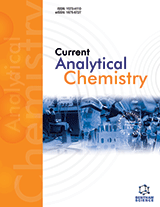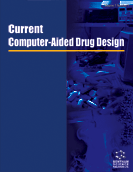Abstract
Background: Emergence and reemergence of infectious diseases are major problems in public health and global economics. Due to selective pressure and widespread use of antifungal drugs, there have been increasing reports of antifungal resistance. Thus, new therapeutic drugs and/or approaches are needed to improve the management of these diseases and to overcome these problems. Our Bacillus and Brevibacillus sp. possess non - peptide group of compounds that may be good candidates for use as antifungal agents.
Methods: 7 strains of Bacillus and Brevibacillus sp. were isolated from different habitats of Jabalpur, central India and identified by 16S rRNA sequencing. These strains were tested for antifungal activity against the test pathogens, viz. Alternaria solani (MTCC 2101), Aspergillus niger (MTCC 404), Candida albicans (MTCC 1637), Curvularia lunata (MTCC 2030) and Fusarium solani (MTCC 3004). Aqueous extracts of each antifungal strain, showing antifungal activity, were tested for the presence of non - peptide compounds by GC-MS. Results: The 7 antifungal strains were identified as Bacillus anthracis B48, Bacillus cereus B46, Bacillus tequilensis B37 and B47, and Brevibacillus brevis B63, B86 and B87. Br. brevis B87 exhibited the maximum activity against all the pathogens and B. tequilensis B37 recorded the minimum. GC-MS profile of the extract of all the strains revealed a diverse array of non-peptide (prosthetic groups) compounds, but ketones and pyrroles were present in the highest concentrations. The non-peptide groups 3,6-Diisobutyl- 2,5-piperazinedione and Hexahydropyrrolo[1,2-a]pyrazine-1,4-dione, present in higher concentration in Br. brevis B87, might be responsible for its maximum antifungal activity as compared to the other isolates. Conclusion: The ketones and pyrroles from our strains may have great antifungal potential and need to be exploited further in the management of fungal pathogens and diseases of humans, plants and animals.Keywords: Bacillus, Brevibacillus, antifungal activity, non-peptide groups, pyrroles, ketones.
Graphical Abstract





























